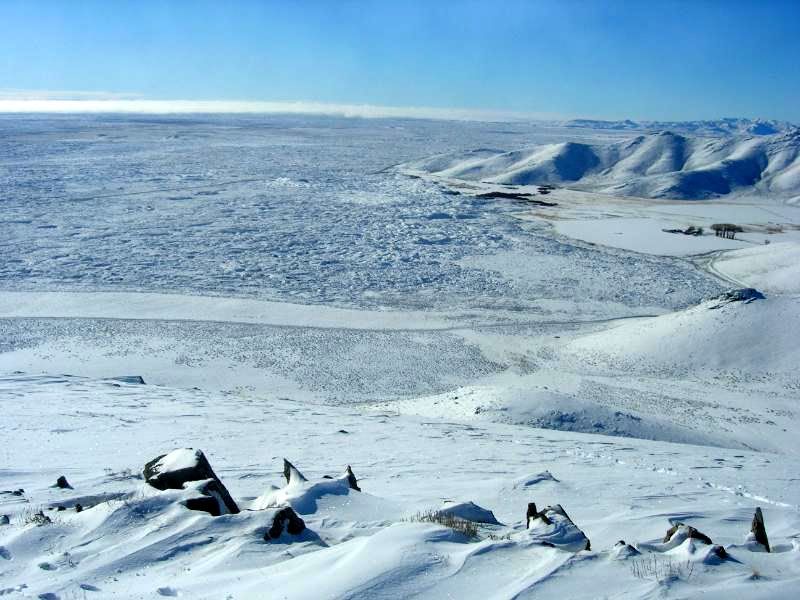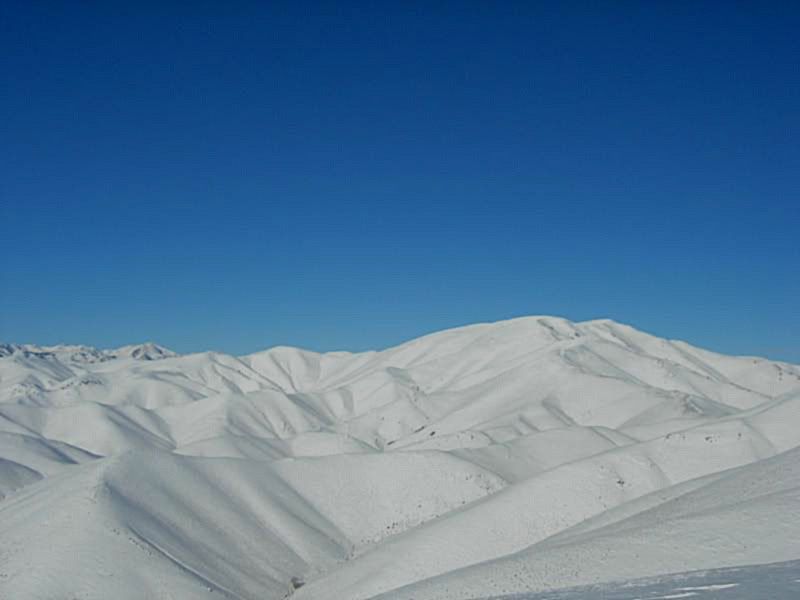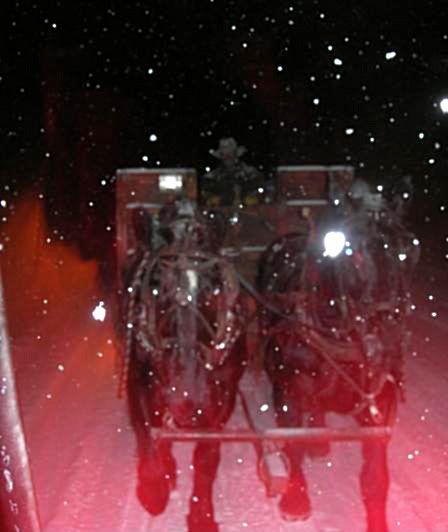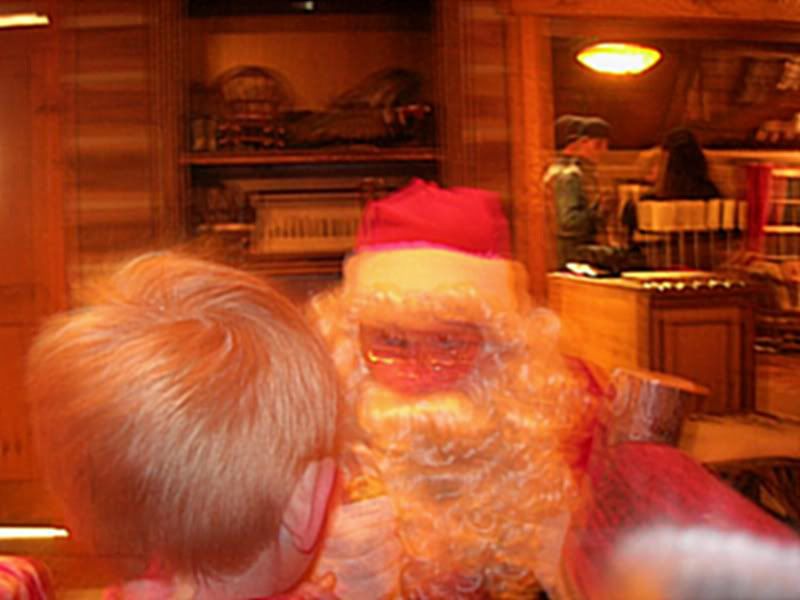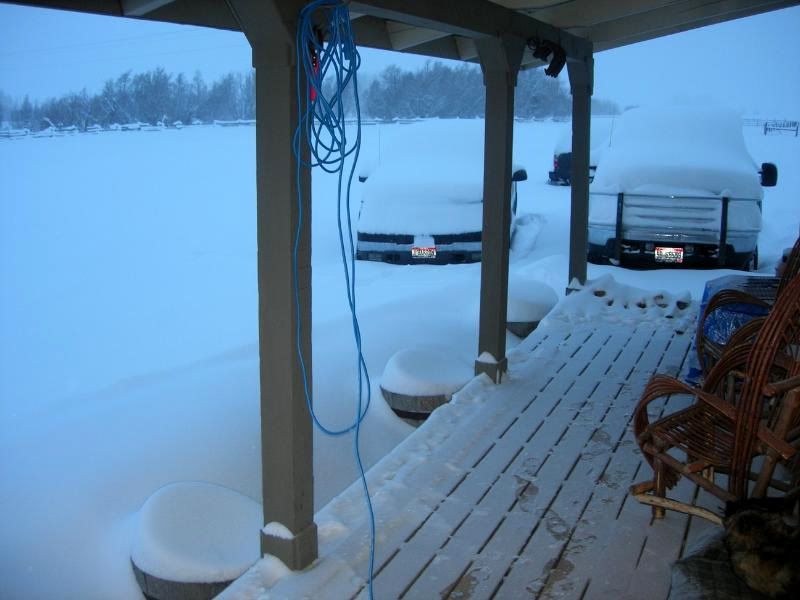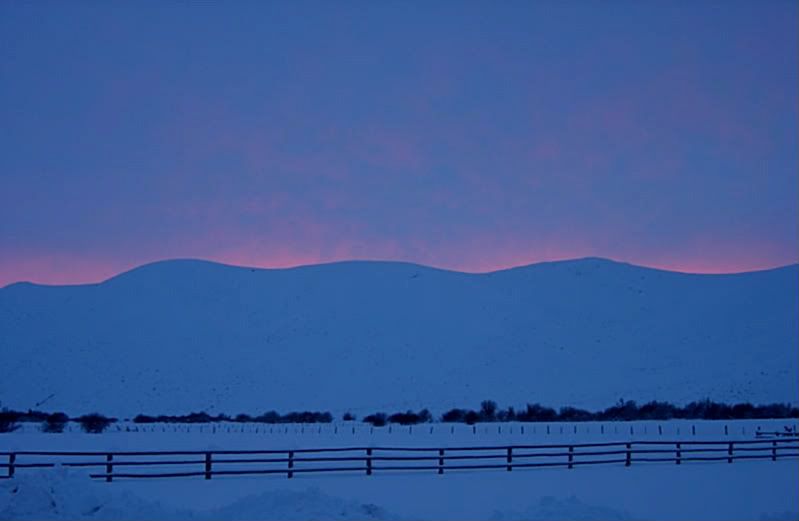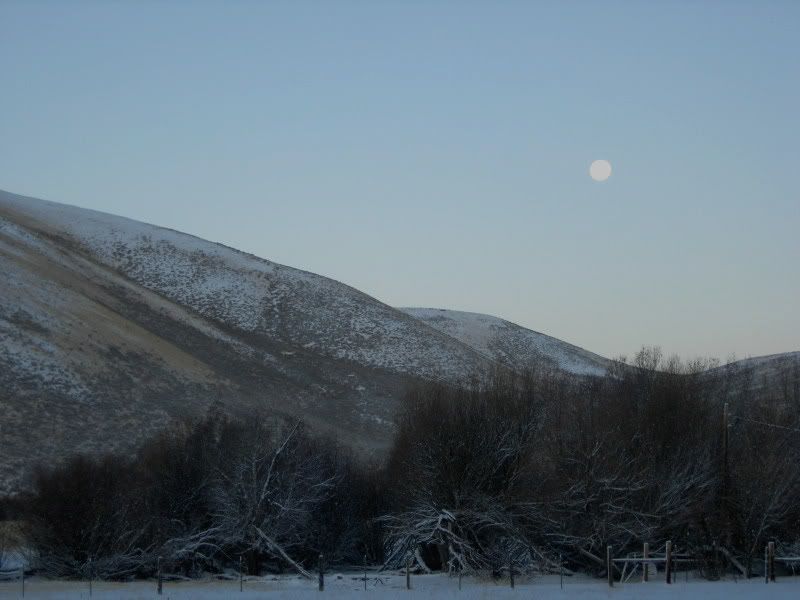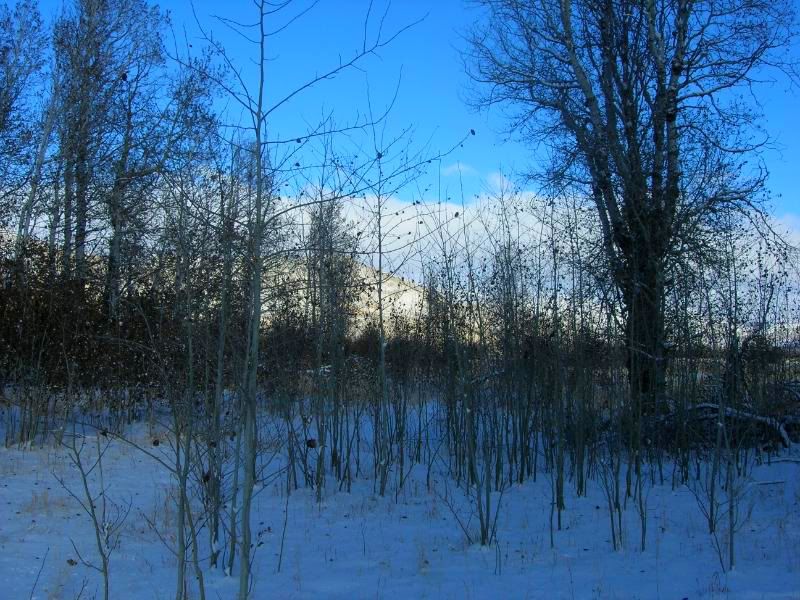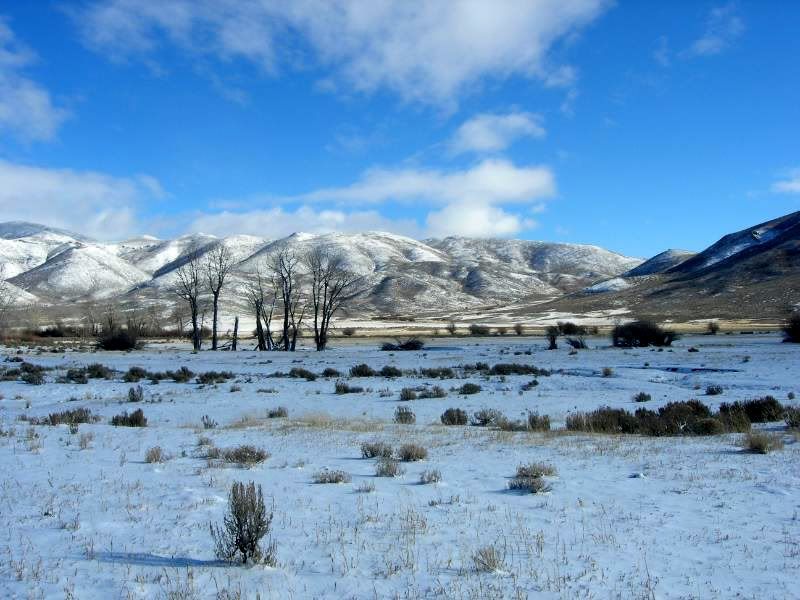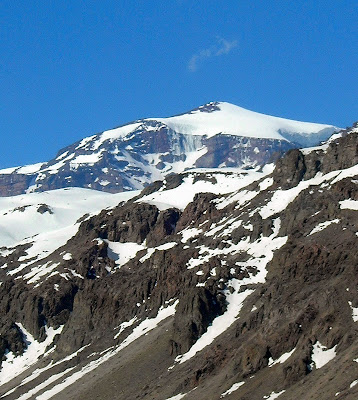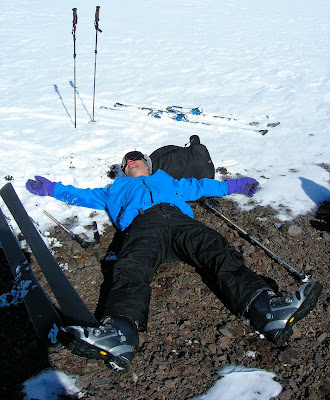In our attempt to take care of every imaginable business matter in the shortest amount of time possible before we leave this continent and move to another one we headed to Elko to clear out the basement of our house and to determine the viability of owning a home so far removed from family and friends. Plus, I wanted to eat Basque food and see the Ruby Mountains again. Another whirlwind tour and it was worth it and it was a good and bad trip. I'll ignore the bad details for now save the for the mention of the cold, hard fact that there are good tenants and then there are really, really bad tenants with little middle ground between them.
The good news is that the house is still standing and the locked potato cellar was sitting at a perfect 50 degrees and 60-percent humidity.
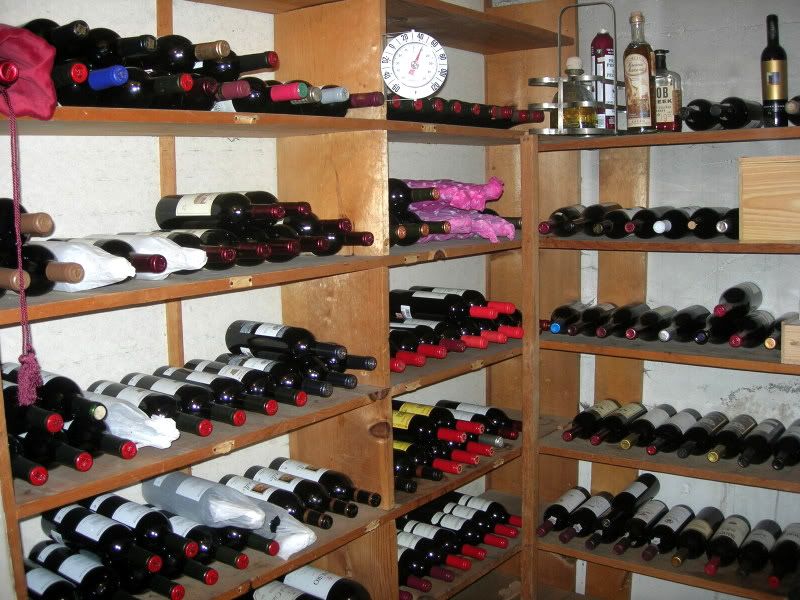
And have I mentioned that I love the Great Basin lately? Well, I do. There is so much nothingness, a lack of everything except for open space, silence, and mountains. You can watch the weather form from a hundred miles away.
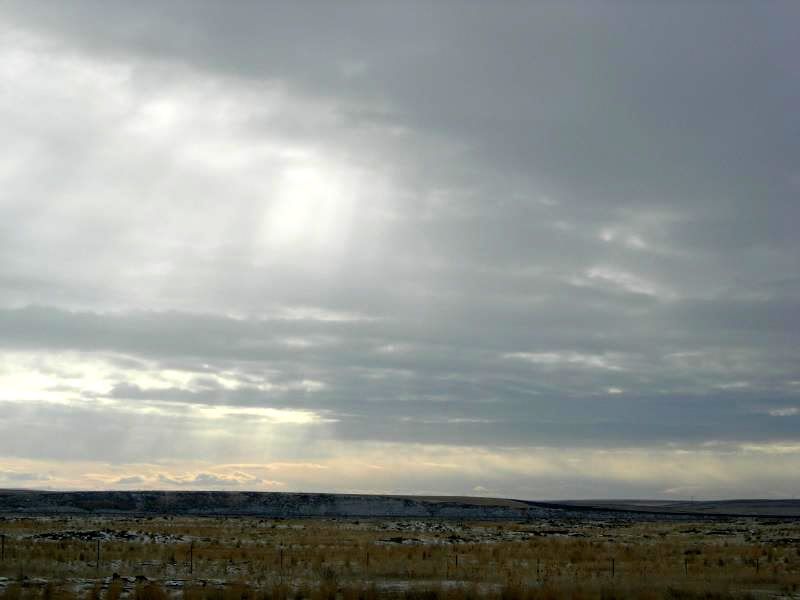
But the Great Basin is not the Great Plains which I suppose holds a special empty beauty itself but which I know nothing about. No, the Great Basin's emptiness is broken only by the sometimes big, sometimes really big mountain ranges and often dry watersheds. And it is here where my muse finds its home: in big, empty mountains. Especially if they have snow in them.

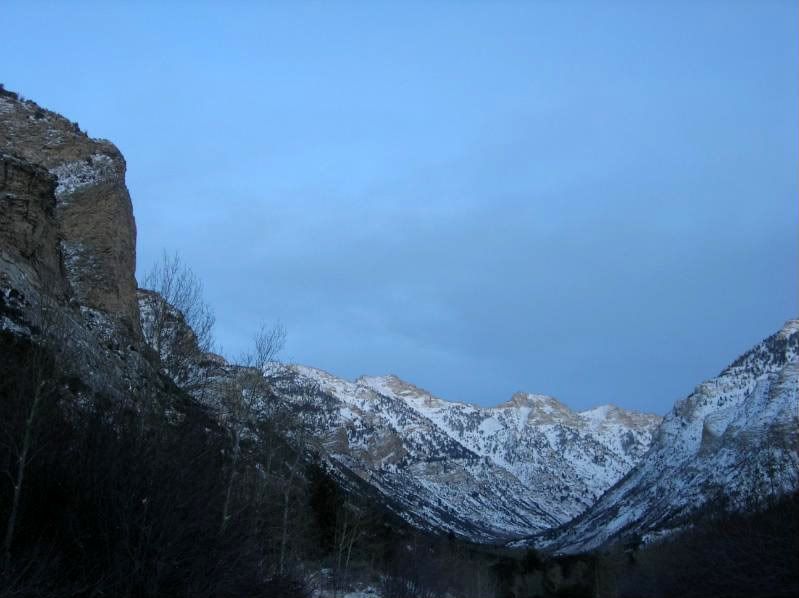

So, fine, I didn't ski in them. Sometimes seeing is believing enough. Too much work and not enough time. And maybe not enough snow. But it wasn't all work and no play, either. There was still enough time for a picon or two, Basque food, and a fantastic bottle of 1996 Remirez de Ganuza Rioja Reserva taken from the potato cellar.
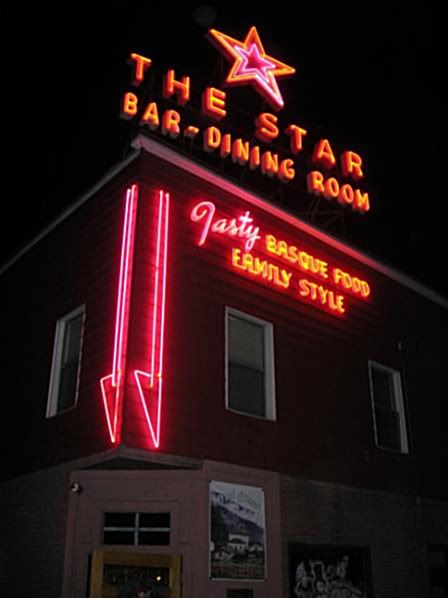
And, I would hereby like to announce that the Star Bar in Elko, Nevada is the winner of the Best Bar On the Planet Earth Award. The Kleine Kneipe in Bertchesgaden, Germany is a close runner-up. Why? Because it meets certain strict criteria: It's old. It's idiosyncratic: an original Basque bar in the middle of the American West. It houses a fine collection of liquor from crappy American beers, to fine tequilas, mid-priced Spanish and California wine, and old-world liqueurs poured from dusty bottles. There is a tiled urinal (no longer used) at the base of the bar that dates back to the time when cowboys, miners, and sheepherders couldn't waste valuable drinking time by leaving the bar and finding a proper bathroom.
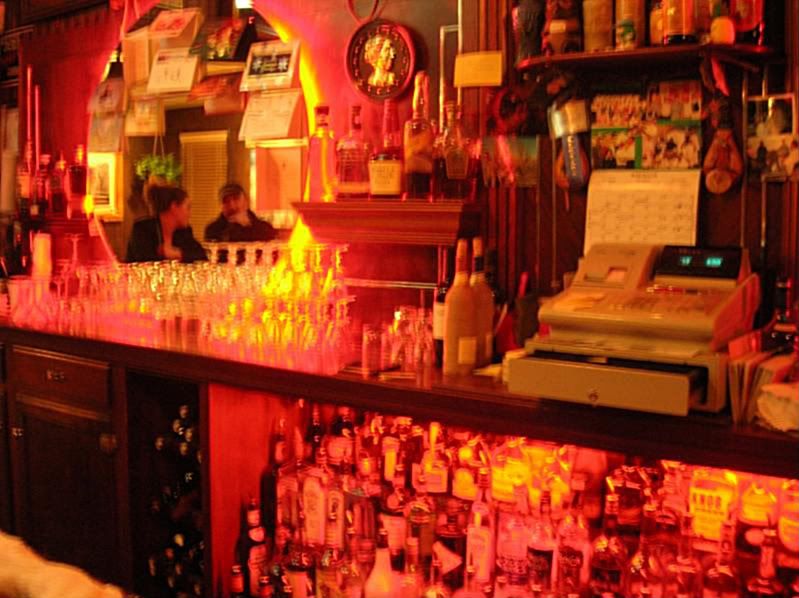
You're as likely to hear a conversation in Basque as you are in poor English. I love the place and I always look forward to visiting and drinking at it every time we return "home".
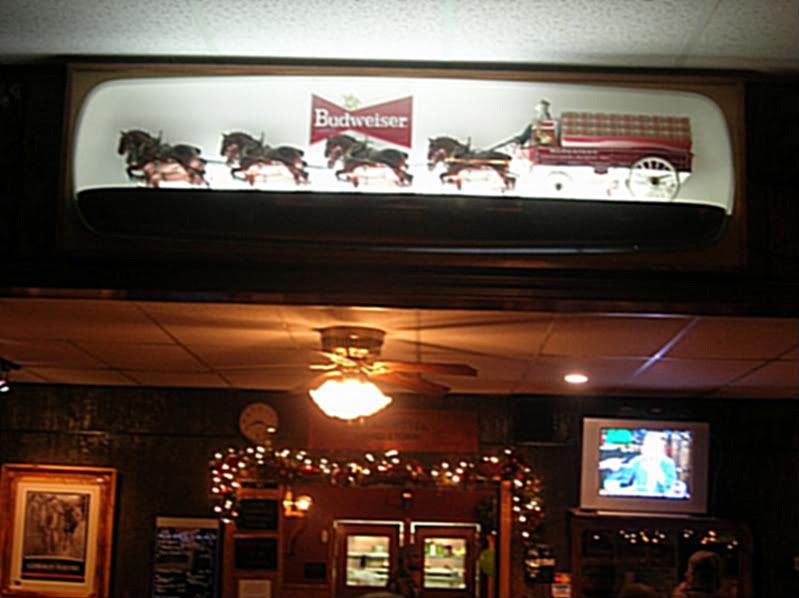
The only problem might be that Fox News is often on above the cashier's desk but, hey, this is middle America and there is always room for improvement. Can't beat the women that hang out at the place, that's for sure.
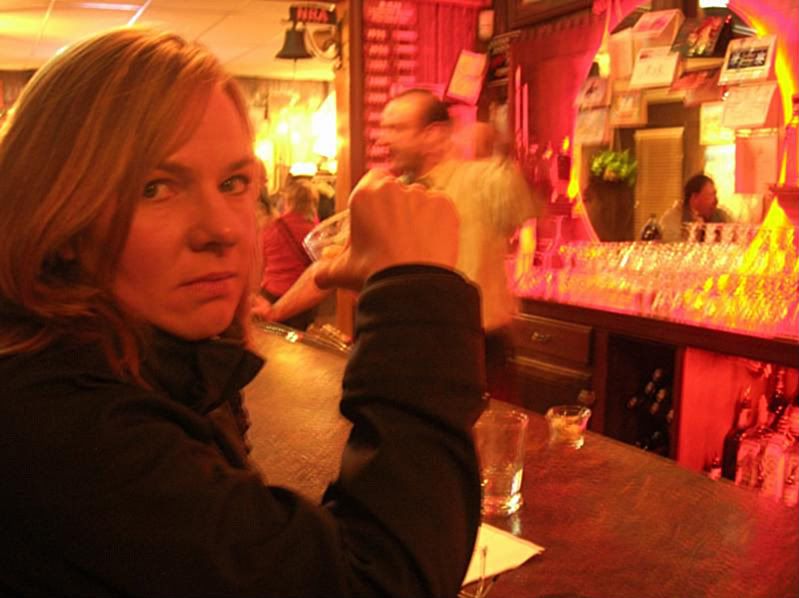
Elko is a rough and tumble kind of town, still a little raw under the collar. It holds plenty of charm for me (not necessarily for Wendy, though). It's likely we will sell the house here sometime soon and move on. Again, it's too far from family and friends and when returning to the US our time is usually limited. We've said goodbye to quite a few things lately. Our house, the Ruby Mountains, and Elko might just be three more. But as Humphrey Bogart says in Casablanca, "We'll always have Elko."
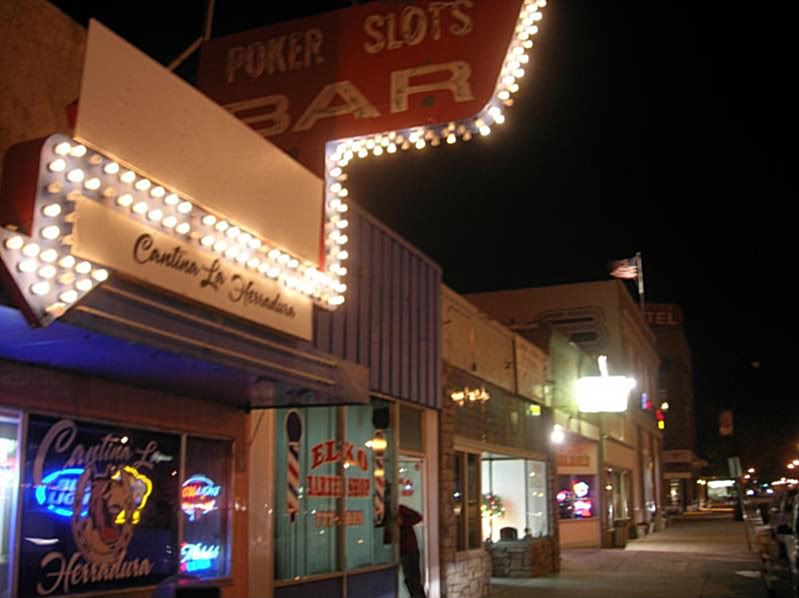
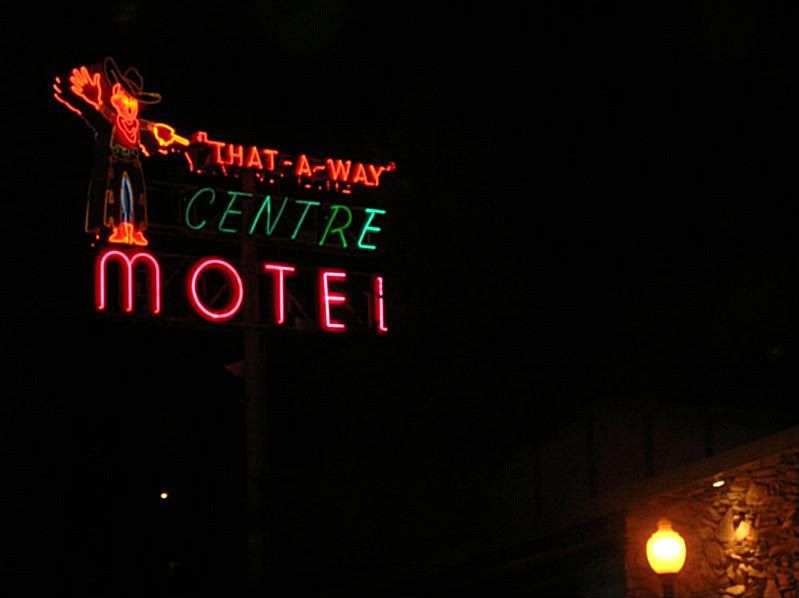
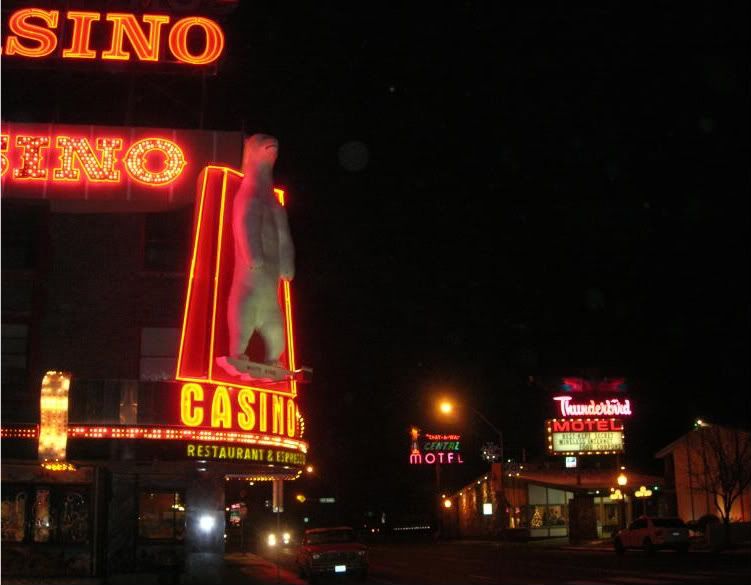
Maybe a report of the virtues of Elko Town wouldn't be complete without a discussion about Inez, Sue, and Mona but I'll leave that for the curious.
Back at the ranch now where the snow depth are about twelve inches on the valley floor. We'll welcome Christmas from here and officially start our vacation. Skis will be strapped on soon.
(If you can't see a small, blue square and triangle that resembles a play button, go here and follow directions. Installing this will allow you to read and listen to music at the same time--like a real live multitasker!)
I will not miss:
4. Latin American mullets.
In a country (or at least a city, or at least a part of a city) that is very aware of itself in terms of health and fashion, it's a mystery to me how this hideous disease has been allowed to slip through the cracks. And this disease knows no boundaries: from the slouchy teenager to the mid-life crisis, BMW-drivin' executive; from the son of a housemaid to the daughter (yes, daughter!) of a cuico. From a lowly taxista to an Olympic tennis star, mullets have infected the population and threaten to replace poverty, crime, classism, and general disorganization as the social problem of the new millenium. Mullets are problems here and if Chile, or any South American country for that matter, expect a part of the new world order then it must remedy this situation postehaste.
I have little photographic evidence to support my theory as I see no reason to waste time and energy to document horrors. My only proof are media examples of Fernando González, the high-profile tennis star, Olympian, and KIA mascot who, by all accounts, should know better.
You're a role model, Fernando. People look up to you. They want to be like you, dress like you, look like you. For god's sake, man, cut your hair!
The fear, of course, is that Fernando is following less the tradition of Latinos with mullets and more the long line of tennis players who chose depravity over self-respect. From Bjorn to McEnroe to Navratilova to Billie Jean King, the list is long and sordid and does nothing to help either the sport or the human race. The world's heavyweight and the one who should be most embarrassed is Andre. For shame, Andre. For shame.
Luckily Andre's era is over and he no longer has hair. And luckily, too, Fernando usually chooses to grease that shit back. Still, it's hard not to feel queasy when you see that creepy grin and lazy eye kind of thing and know that far too many Chilean youths are drawing inspiration from that coiffed head of hair.
Photos generously supplied by:
FC Dallas website for Juan Carlos Toja.
Fernando's blog for Fernando González.
Sports Illustrated for Andre's flying hair.
The Telegraph for Andre's butt.
(If you can't see a small, blue square and triangle that resembles a play button, go here and follow directions. Installing this will allow you to read and listen to music at the same time--like a real live multitasker!)
Bill and Annie passing through, and me with a wish to spend a final long day in the mountains. Seven o'clock Sunday morning, Santiago is a city hardly recognizable. A perfect time to navigate the usually hair-pulling roadways.
The large plan was to catch up with Bill and Annie at the Plantat hut on Volcan San José. They moved to the hut from Refugio Lo Valdes a day earlier and would rest before heading farther up toward the summit. My smaller plan was to use up as much sunlight as possible to hike, walk, climb, and ski on and around this far western end of the Cajon del Maipo--only a few short but steep kilometers, as the condor flies, from the Argentine border.
Though defined as a Mediterranean climate, the Central Cordillera borders precipitously on the desert. With average annual precipitation totals at only 15 inches (38 cm), you're never too far from dust. And when you're missing the last big spring storm like we have the last two years the effects are even more severe. So much so, you start to question hauling skis through a landscape more suitable to tarantulas than snow.
But you wander farther and higher and your judgment corrects itself and your day is redefined. Desert or not, precipitation or not, in the Central Cordillera snow is ever-present. Eventually. And this tends to make me happy. And I can still appreciate tarantulas.
Then you turn a corner and break through the dust and an entirely new world unravels. And you still have a long way to go. The long crater summit of Volcan San José (19,212ft/5,855m) and in the far back left of the photo Cerro Marmolejo (20,039ft/6,107m) the world's southernmost 6,000 meter peak:
From there it's another two hours across the wide Marmolejo basin to the base of Volcan San José and up to the Refugio Plantat.
Andes Handbook has this to say about the Refugio Plantat:
One of the most noteworthy and famous features of this volcano is the Refugio Plantat. This shelter (3110 masl), which by the way, makes for a great day hike, was built by don Enrique Plantat in 1937, using the plans of an already built mountain hut in the Alps. He did this beacuse of his fondness for guanaco hunting in the area. This is not strange if we think that even today it is heard of guanacos in other areas of the Central Andes, like in the Piuquenes landmark. At first, Refugio Plantat was equipped with tap water, a stove and other advantages, but the pass of time has been ruthless. It now has eight litters, which are an excellent sleeping option when not in peak season.
I spotted no guanacos and I can't vouch for the comfort of the eight "litters". I chased a group of hikers up to the hut, though, found Bill and Annie, and met the local camp robber.
The rest of the day was spent climbing higher for more and better views, avoiding fields of penitentes, and trying to imagine that the day would never end. It was pretty much what I expected and pretty much what I wanted to happen. In between there were short interludes of shared tea, conversations with locals, staring at glaciers, and resting on rocks. The skiing wasn't so good but it didn't matter much. The day was long and my legs kept pushing me up. Sometimes all that matters is the ambivalence of because and the perfect knowledge of time in the mountains spent in solitude.
Some rewards come at the end of the day, after the sweat and dust and chafing winds. A last batch of empanadas at closing time, mote con huesillo, and fresh aji pebre will help boost most any occasion from great to greater.
Nowhere else to go from here. It's time to surrender the Andes back to the capable hands of Andrés, brother Franco, Julián, Hartmut, Carlos, and too few others.
The long and winding road; may it always return to the Andes.
(If you can't see a small, blue square and triangle that resembles a play button, go here and follow directions. Installing this will allow you to read and listen to music at the same time--like a real live multitasker!)
I will miss:
2. la familia Chianale.
It would be an insult to say that they are the exception to the norm. Maybe in the blonde eat blonde, tunnel vision worlds of the las Condes, Vitacura, and Lo Barnechea communes they are one of the exceptions. But in the real life world of Chile as a singular country and not as a larger suburb of the Inland Empire of Santiago, the Chianale family, I'm happy to report, are a part of the norm. Friendly and generous, inviting and open, Chileans are proud of their country and often more than happy to share it with outsiders. And we were lucky enough to have the distinct opportunity to share with the best of the norm: Andrés, Pilar, Dominga, and Emilia.
(And this brings me to a subset of my ongoing list: I will not miss the overriding opinion of many gringos that Chileans are rude and arrogant and live in a closed society. To this narrow-minded world view I offer my advice: please leave your Ruby Tuesday, strip-mall routine of the aforementioned communes--and leave Santiago altogether--and go talk to one of them. Come on, give it a shot!
There is little question that the United States is one of the more xenophobic countries on the planet and to conclude so easily that the smallest and wealthiest class of people in Chile is representative of the entire population is naive, foolish, and short-sighted--not to mention rude, arrogant, and closed.
It would be like visiting Washington, DC--a place that makes the arrogance of Santiago's wealthy communes seem like charity--to sample "real" America. I only hope that at some point in our life we are able to share our own family, friends, and beautiful scenery from the home states of Idaho, Nevada, Utah, and Colorado with people like the Chianales. But I digress...)
The Chianales immediately opened their world to us (something we were told often wouldn't happen because Chileans prioritize family circles first and all others a distant second) and we are better people for it. Within the first three months we were invited to Pilar's family in Concepción for Fiestas Patrias celebrations and a slow roasted lamb by the jefe of the family.
From there the relationship only grew. From family ski trips to Chillán (top picture) and Bariloche, Argentina;
to grilled meat-fests with family (Franco, left) and friends of family;
to long and fuzzy restaurant benders;
to birthday parties, dinner parties, party parties, quick beers, slow coffees, and countless other engagements, the Chianales have been excellent country hosts, tour guides, interpreters, and friends. Plus, Andi is a damn good ski partner.
Yup, los chilenos son buena gente. And, yes, we will miss the Chianales.
